All Stories
-
 Health & Medicine
Health & MedicineThe deadly VEXAS syndrome is more common than doctors thought
The recently discovered inflammatory disease, VEXAS syndrome, typically occurs in men over 50, affecting nearly 1 in 4,000 in the United States.
By Meghan Rosen -
 Physics
PhysicsMuon scanning hints at mysteries within an ancient Chinese wall
Density fluctuations within the ancient rampart encircling the city of Xi’an could be defects or yet-to-be-discovered archaeological finds.
-
 Life
LifeA new metric of extinction risk considers how cultures care for species
Conservation efforts should consider relationships between cultural groups and the species important to them, researchers argue.
By Jude Coleman -
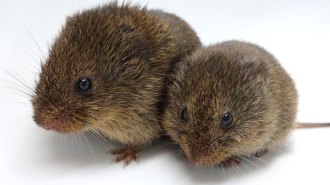 Animals
AnimalsPrairie voles can find partners just fine without the ‘love hormone’ oxytocin
Researchers knocked out prairie voles’ oxytocin detection system. They weren’t expecting what happened next.
-
 Archaeology
ArchaeologyMysterious marks on Ice Age cave art may have been a form of record keeping
Hunter-gatherers during the Ice Age may have recorded when prey mated and gave birth, suggesting that these people possessed complex cognitive skills
By Anna Gibbs -
 Climate
ClimateIt’s possible to reach net-zero carbon emissions. Here’s how
Cutting carbon dioxide emissions to curb climate change and reach net zero is possible but not easy.
-
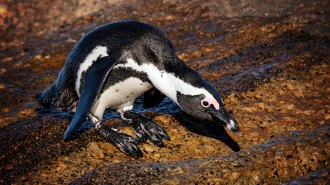 Life
LifeBirds that dive may be at greater risk of extinction
For birds, a diving lifestyle seems irreversible, evolutionarily speaking. The inflexibility possibly increases diving birds’ chances of going extinct.
By Jake Buehler -
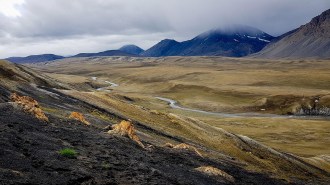 Life
LifeFossils suggest early primates lived in a once-swampy Arctic
Teeth and jawbones found on Ellesmere Island, Canada, suggest that two early primate species migrated there 52 million years ago.
By Freda Kreier -
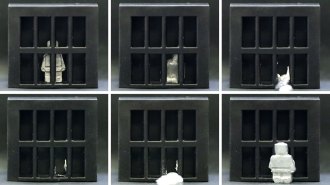 Materials Science
Materials ScienceThese shape-shifting devices melt and re-form thanks to magnetic fields
Miniature machines made of gallium embedded with magnetic particles can switch between solid and liquid states.
-
 Health & Medicine
Health & MedicineProcrastination may harm your health. Here’s what you can do
Scientists have tied procrastination to mental and physical health problems. But don't panic if you haven't started your New Year's resolutions yet.
By Meghan Rosen -
 Astronomy
AstronomyLots of Tatooine-like planets around binary stars may be habitable
A new simulation suggests that planets orbiting a pair of stars may be plentiful, and many of those worlds could be suitable for life.
-
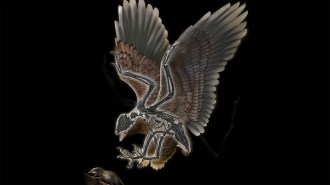 Paleontology
PaleontologyA bird with a T. rex head may help reveal how dinosaurs became birds
The 120-million-year-old Cratonavis zhui, newly discovered in China, had a head like a theropod and body like a modern bird.